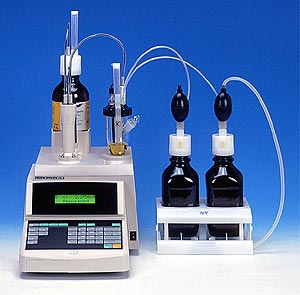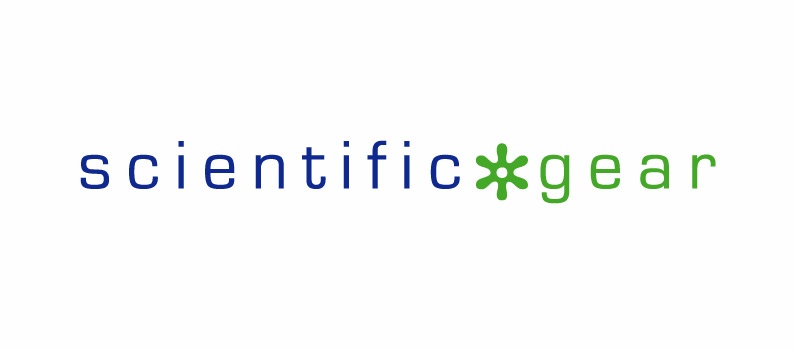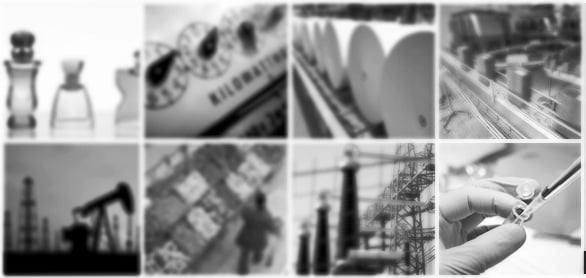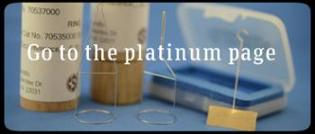This is a popular question for most operators using a coulometric Karl Fischer titrator. So let's get started. There are two things to consider. First, you have the chemical limitations of the reagents themselves. Second, you have the user/operator variable. Sometimes changing the reagent has more to do with the condition of the reagent sitting in the vessel. How full is the vessel after running numerous test? How long has the reagent been sitting in the vessel? How messy is the reagent and sample residue inside the vessel? Sometimes the user may simply want to replace the reagents because they look dirty/messy or their vessel is too full from adding samples during previous tests.
Karl Fischer titrator. So let's get started. There are two things to consider. First, you have the chemical limitations of the reagents themselves. Second, you have the user/operator variable. Sometimes changing the reagent has more to do with the condition of the reagent sitting in the vessel. How full is the vessel after running numerous test? How long has the reagent been sitting in the vessel? How messy is the reagent and sample residue inside the vessel? Sometimes the user may simply want to replace the reagents because they look dirty/messy or their vessel is too full from adding samples during previous tests.
Setting aside those factors just mentioned, if we look at the reagents themselves and their capacity to measure moisture, we can come up with a general guideline as follows:
Note: This example describes a Coulometric Karl Fischer Titrator with dual reagent setup (using Anolyte and Catholyte)
1. In general and with regard to reagent brand, 100mL of Anolyte (AKA Anode- the reagent used in the vessel) reagent analyzes up to 1gram (1 million micro grams) of water. 20mL of Catholyte (AKA Cathode- the reagent used in the generator electrode/inner buret) reagent analyzes up to 1gram (1 million micro grams) of water. The relationship according to the amount of water each reagent can analyze has a relationship of 100mL Anolyte to 20mL Catholyte – a 20% relationship of catholyte to anolyte.
2. Anolyte is commonly purchased in 500ml bottles, Catholyte is commonly purchased in10x5mL ampules.
3. A typical coulometric Karl Fischer titrator Vessel is charged with 75mL of anolyte and 1ea 5mL catholyte ampule. Based on the 20% relationship it says that 3x5mL catholyte ampules would be used with each 75mL vessel charge of Anolyte.
4. A 500mL bottle of Anolyte can charge the Coulometric Karl Fischer titrator vessel 6.6 times (round to 6 times to account for spillage). 3x5mL Catholyte ampules per charge of the vessel times 6 charges of the vessel = 18x5mL catholyte ampules.
Typically users do not expire the entire useful life of the reagents moisture measuring capability because of some of the factors I mentioned initially. Another factor that I have to mention is that ambient moisture will require the coulometric Karl Fischer Titrator to maintain a dry vessel. This process of keeping or getting the vessel in a ready to go mode can use some of the reagents useful life. e.g. it’s not counting the moisture in your samples but that of the outside ambient moisture – for the most part this should be a small amount, but something to keep in mind and know about.

So, with all of this information, the question you may have is how long will my reagents last? Well, that depends. But, if you want to continue using the math we have already discussed, then, 1 charge of the vessel (75mL of anolyte with 3x5mL catholyte ampules) can measure 750,000 micro grams of water.
And, for those of you who think in Parts Per Million (PPM) you can translate into the following:
PPM = micro grams of H2O detected / Your Sample Size (in grams)
 using a Volumetric Karl Fischer Titrator tend to have difficulty in 3 areas. Unlike Coulometric Karl Fischer Titrators where the equipment setup and reagents are fairly straight forward, Volumetric Karl Fischer Titrators differ greatly. Understanding how a Volumetric Karl Fischer Titrator differs and how the equipment functions is not only paramount in terms of knowing how to operate the instrument it is critical if you want to obtain accurate and repeatable results.
using a Volumetric Karl Fischer Titrator tend to have difficulty in 3 areas. Unlike Coulometric Karl Fischer Titrators where the equipment setup and reagents are fairly straight forward, Volumetric Karl Fischer Titrators differ greatly. Understanding how a Volumetric Karl Fischer Titrator differs and how the equipment functions is not only paramount in terms of knowing how to operate the instrument it is critical if you want to obtain accurate and repeatable results.



 In this presentation we discuss the basic Karl Fischer Water Standards and talk about some of their uses for both Coulometric and Volumetric Karl Fischer Titration. We also describe some of the related problems that can be identified and overcome by using Karl Fischer Water Standards.
In this presentation we discuss the basic Karl Fischer Water Standards and talk about some of their uses for both Coulometric and Volumetric Karl Fischer Titration. We also describe some of the related problems that can be identified and overcome by using Karl Fischer Water Standards.


 As a service provider of Karl Fisher testing apparatus, we see different moisture testing issues that many operators, managers, and even companies face. We have come to realize that helping operators become more knowledgeable about "the little things" can help boost confidence, improve performance and efficiency, and ensure accurate testing.
As a service provider of Karl Fisher testing apparatus, we see different moisture testing issues that many operators, managers, and even companies face. We have come to realize that helping operators become more knowledgeable about "the little things" can help boost confidence, improve performance and efficiency, and ensure accurate testing. 
 Simply put, drift is background moisture that the
Simply put, drift is background moisture that the 
 There are multiple methods of moisture determination, including loss on drying, Karl Fischer titration, piezoelectric sorption, spectroscopy, and chilled mirrors among others. However, it is advantageous to use Karl Fischer (KF) titration in moisture analysis for the following reasons:
There are multiple methods of moisture determination, including loss on drying, Karl Fischer titration, piezoelectric sorption, spectroscopy, and chilled mirrors among others. However, it is advantageous to use Karl Fischer (KF) titration in moisture analysis for the following reasons:

 Karl Fischer titrator. So let's get started. There are two things to consider. First, you have the chemical limitations of the reagents themselves. Second, you have the user/operator variable. Sometimes changing the reagent has more to do with the condition of the reagent sitting in the vessel. How full is the vessel after running numerous test? How long has the reagent been sitting in the vessel? How messy is the reagent and sample residue inside the vessel? Sometimes the user may simply want to replace the reagents because they look dirty/messy or their vessel is too full from adding samples during previous tests.
Karl Fischer titrator. So let's get started. There are two things to consider. First, you have the chemical limitations of the reagents themselves. Second, you have the user/operator variable. Sometimes changing the reagent has more to do with the condition of the reagent sitting in the vessel. How full is the vessel after running numerous test? How long has the reagent been sitting in the vessel? How messy is the reagent and sample residue inside the vessel? Sometimes the user may simply want to replace the reagents because they look dirty/messy or their vessel is too full from adding samples during previous tests. What most operators are attempting to do is determine whether their Karl Fisher titrator is measuring moisture accurately.
What most operators are attempting to do is determine whether their Karl Fisher titrator is measuring moisture accurately.

